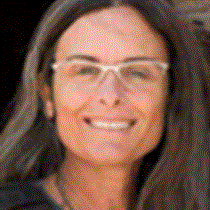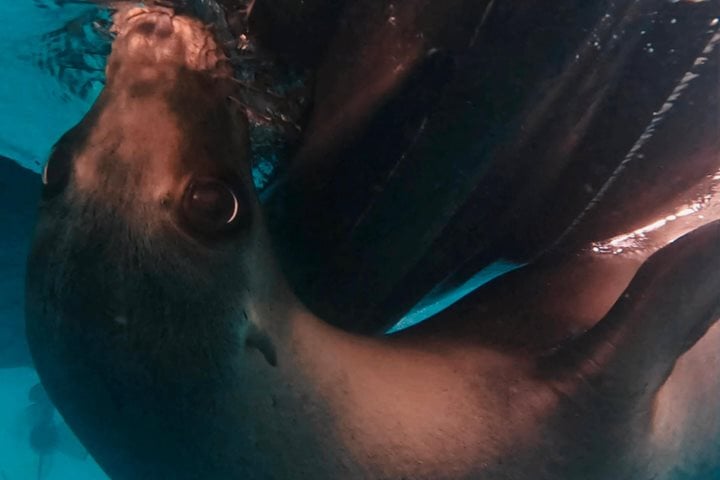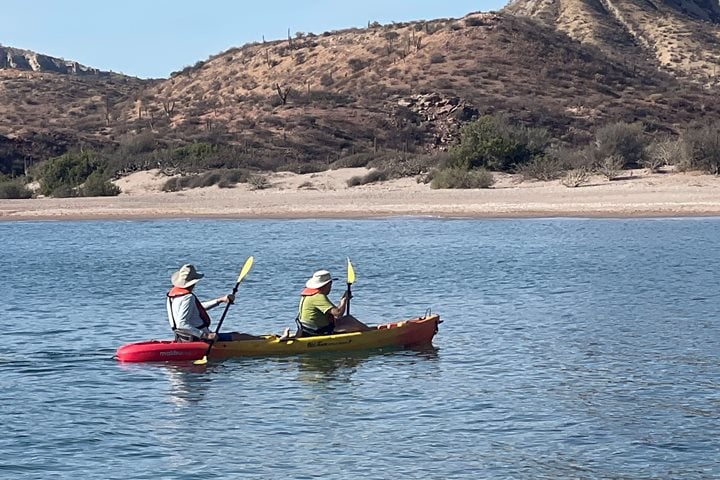Northwest winds blowing through the night built into a very bumpy ride, so by early morning the captain and expedition leader decided to alter our course, turning to find calmer waters in the lee of Isla San Marcos. En route, Alberto Montaudon welcomed us to his country with his illustrated presentation of "Mexico Lindo." Mid-morning we anchored along the northeastern coast of Isla San Marcos, and then headed ashore to take hikes in a rather lush desert arroyo that wound inland between dry red hills. Stately cardon cactus and spreading palo blanco trees rose above the surrounding desert vegetation. There were many "old man" cacti with long, softer, gray bristles. Some plants were sporting flowers, most notable were the very elegant white blooms of the passionflower. Ash-throated flycatchers, diminutive verdins, hummingbirds, and loggerhead shrikes flitted across the landscape. Several ospreys circled overhead, like guardians of these remote shores. Others chose to view the island from the sea, exploring the coastline's many rocky coves and grottos indenting the shore. Brown pelicans, gulls, and small gangs of eared grebes were sighted along the way, as well as the osprey and their nests capping several rock outcroppings along the coast.
During the afternoon, the ship repositioned northwest to the protected breakwater harbor at the town of Santa Rosalia. This town of about 12,000 people was originally developed by a French mining company, "El Boleo," that began operations here in 1884 mining copper from beneath the surrounding hills. There are many older wooden buildings here that still display the French-influenced architecture with wooden balconies looking out on the streets. In the main part of town, many of us visited the old bakery where various baked goods were sampled. A nearby metal church, reportedly designed by the famous Gustave Eiffel, remains a focal point and gathering place in this bustling town.
From the center of town, we ascended a hill to visit the mining museum now housed in the former headquarters of the El Boleo mining company overlooking the town. This relatively small but interesting museum holds a collection of old tools, typewriters, photos, and the company's original ledgers dating back more than a hundred years. Outside of the museum, we wandered past aging steam locomotive engines, long since retired, that once hauled materials to and from the mines. At the end of this short road we came to the quaint Hotel Frances where we were greeted warmly, and served icy margaritas and delicious fresh guacamole with tortilla chips. Afterwards, back on the ship, our hotel manager, Erasmo Estripeaut, continued the festivities introducing a Mexican fiesta dinner. Following dinner, dessert of special tres leches cakes were served in the lounge as the party slowly steamed northward into the night.









